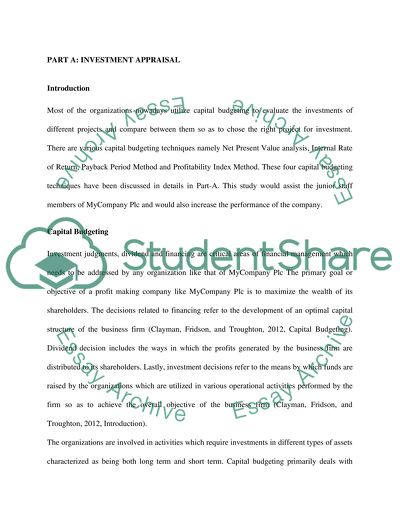Cite this document
(“Discussion on the working capital policies of companies Term Paper”, n.d.)
Discussion on the working capital policies of companies Term Paper. Retrieved from https://studentshare.org/finance-accounting/1401301-corporate-finance-assignment
Discussion on the working capital policies of companies Term Paper. Retrieved from https://studentshare.org/finance-accounting/1401301-corporate-finance-assignment
(Discussion on the Working Capital Policies of Companies Term Paper)
Discussion on the Working Capital Policies of Companies Term Paper. https://studentshare.org/finance-accounting/1401301-corporate-finance-assignment.
Discussion on the Working Capital Policies of Companies Term Paper. https://studentshare.org/finance-accounting/1401301-corporate-finance-assignment.
“Discussion on the Working Capital Policies of Companies Term Paper”, n.d. https://studentshare.org/finance-accounting/1401301-corporate-finance-assignment.


